CBP (CAS: 58328-31-7): An Essential Guide to a Powerful OLED Material

CBP (CAS: 58328-31-7): The Ultimate Guide to a High-Performance Organic Material In the relentless pursuit of more efficient and powerful electronic technologies, certain chemical compounds become critical problem-solvers. For businesses in display manufacturing and renewable energy, one such material is CBP (CAS: 58328-31-7). Chemically known as 4,4′-Bis(N-carbazolyl)-1,1′-biphenyl, this high-performance organic material is a strategic choice […]
6-Aminopenicillanic Acid: Antibiotic Intermediate Solutions
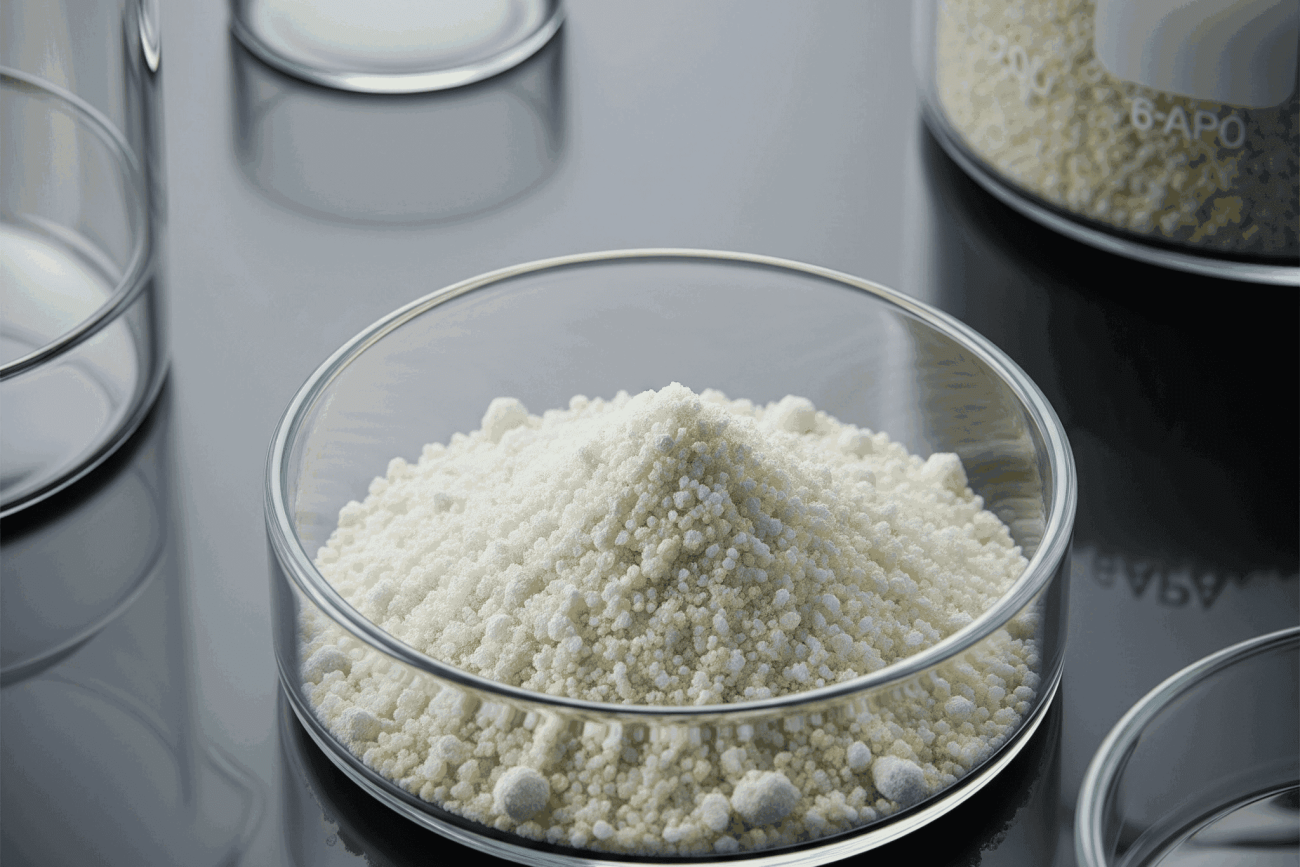
The Problem-Solver in Action: 6-Aminopenicillanic Acid – Applications, Industries, and Buyer Solutions The fight against bacterial infections is a constant global challenge, demanding reliable and effective pharmaceutical solutions. For businesses in the pharmaceutical manufacturing sector, sourcing high-quality, foundational chemical compounds is paramount. 6-Aminopenicillanic Acid (CAS 551-16-6), often abbreviated as 6-APA, stands out as a critical […]
Pyrroloquinoline Quinone (122628-50-6): Uses & Benefits
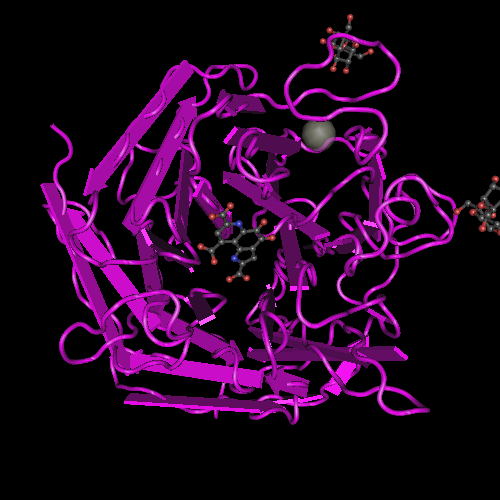
Pyrroloquinoline quinone, commonly known as PQQ, is a remarkable biochemical compound that has garnered significant attention in pharmaceutical and nutritional research. With the CAS number 122628-50-6, this unique cofactor plays crucial roles in cellular energy production and serves as an essential component in various enzymatic reactions throughout the human body. PQQ is naturally found in […]
1,8-Diazabicyclo[5.4.0]undec-7-ene (DBU) 6674-22-2: A Key Catalyst in Synthesis
![1,8-Diazabicyclo[5.4.0]undec-7-ene](https://pharm.sinocurechem.com/wp-content/uploads/2025/05/18-Diazabicyclo5.4.0undec-7-ene.png)
Introduction to 1,8-Diazabicyclo[5.4.0]undec-7-ene (DBU) (CAS 6674-22-2) 1,8-Diazabicyclo[5.4.0]undec-7-ene, commonly known by its acronym DBU, and identified by its CAS Number 6674-22-2, is a powerful organic compound widely recognized in the fields of organic synthesis and pharmaceutical manufacturing. It is a bicyclic amidine that functions as a strong, yet typically non-nucleophilic, base. This unique characteristic makes DBU […]
Artemisinin (63968-64-9): Uses, Benefits & Safety

Artemisinin (63968-64-9): Uses, Benefits & Safety Introduction to Artemisinin (63968-64-9) Artemisinin (CAS Number: 63968-64-9) is a naturally occurring sesquiterpene lactone compound, originally isolated from the sweet wormwood plant, Artemisia annua. This remarkable molecule has garnered global attention primarily for its potent anti-malarial properties, forming the cornerstone of modern malaria treatment through Artemisinin-based Combination Therapies (ACTs). […]
DL-2-Bromopropionic Acid (598-72-1): Uses & Safety

DL-2-Bromopropionic Acid (598-72-1): Uses & Safety Introduction to DL-2-Bromopropionic Acid (598-72-1) DL-2-Bromopropionic acid, identified by the CAS Number 598-72-1, is a significant chemical compound primarily utilized as an intermediate in the synthesis of various organic molecules. It is a racemic mixture, meaning it contains equal amounts of two enantiomers (mirror-image isomers). This compound plays a […]
3-Chloro-1-Propanol (627-30-5): Synthesis & Uses
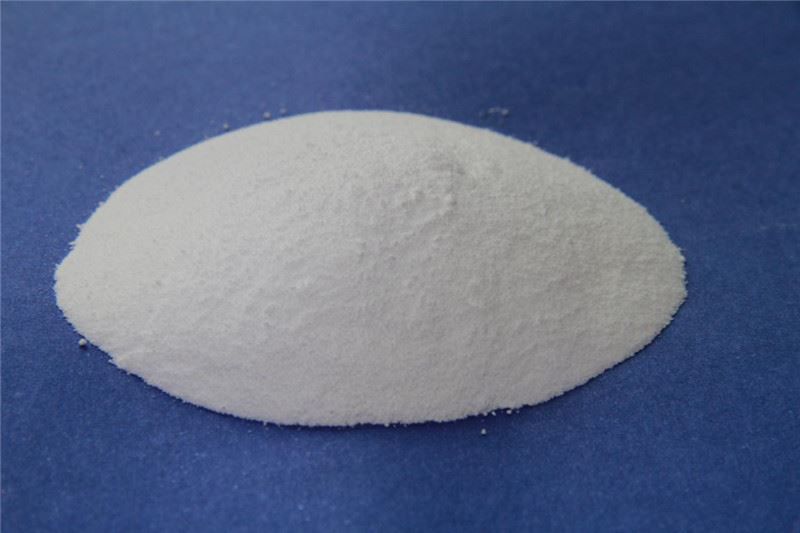
Introduction to Calcium Citrate Tetrahydrate (5785-44-4) Calcium citrate tetrahydrate (CAS Number: 5785-44-4) is a readily absorbed form of calcium, an essential mineral for human health. It is the calcium salt of citric acid and exists as a white, odorless crystalline powder. Its primary significance lies in its use as a highly bioavailable calcium source in […]
Calcium Citrate Tetrahydrate (5785-44-4): Uses & Safety
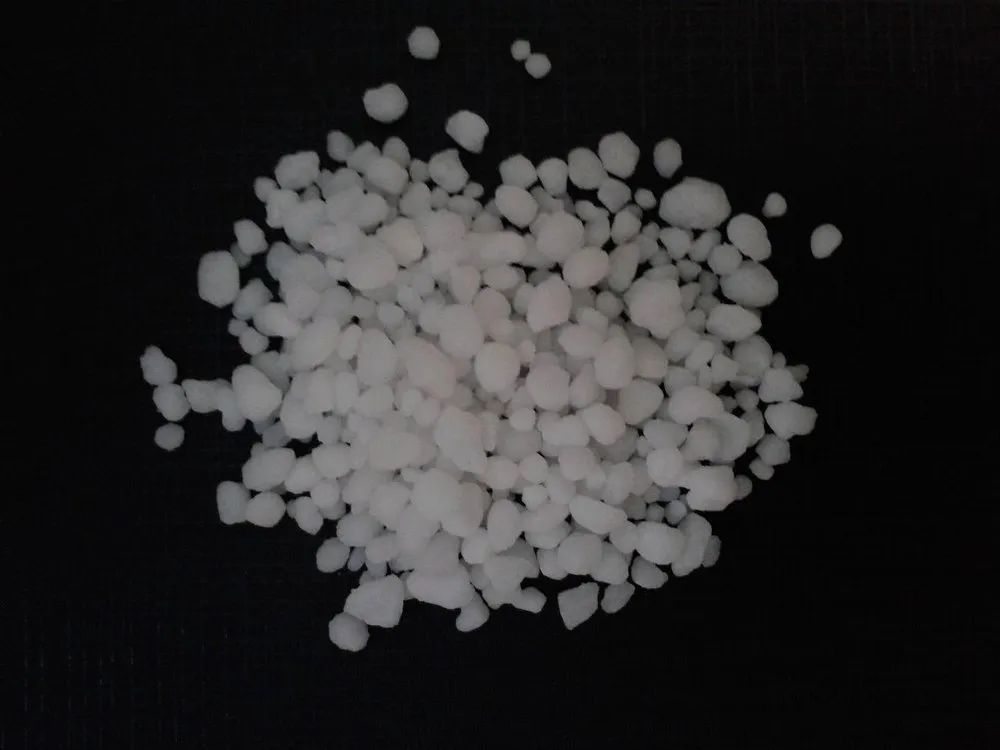
Introduction to Calcium Citrate Tetrahydrate (5785-44-4) Calcium citrate tetrahydrate (CAS Number: 5785-44-4) is a readily absorbed form of calcium, an essential mineral for human health. It is the calcium salt of citric acid and exists as a white, odorless crystalline powder. Its primary significance lies in its use as a highly bioavailable calcium source in […]
Spiro-MeOTAD (207739-72-8): Properties & Research Significance

Introduction to Spiro-MeOTAD (CAS 207739-72-8) Spiro-MeOTAD, formally known as 2,2′,7,7′-Tetrakis(N,N-di-p-methoxyphenylamine)-9,9′-spirobifluorene, and identified by CAS Number 207739-72-8, is a complex organic molecule that has garnered significant attention in the field of materials science. While primarily celebrated for its role as a highly efficient hole transport material (HTM) in advanced electronic applications like perovskite solar cells (PSCs) […]
1-Bromo-4-chlorobutane CAS 6940-78-9: Key Chemical Facts
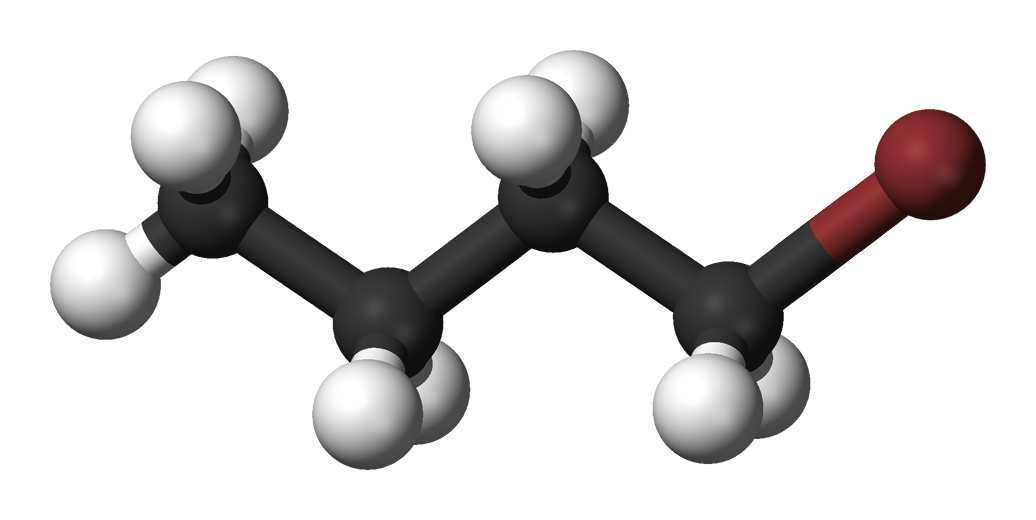
1-Bromo-4-chlorobutane (CAS 6940-78-9): Key Chemical Facts Introduction to 1-Bromo-4-chlorobutane (CAS 6940-78-9) 1-Bromo-4-chlorobutane, identified by the CAS number 6940-78-9, is a significant chemical compound primarily utilized as an intermediate in various organic synthesis processes. While not a medication you would directly consume, its role in the background is crucial for the development of certain pharmaceutical drugs […]
DTBP (CAS 110-05-4): Properties & Synthesis Uses

Introduction to Di-tert-butyl peroxide (CAS 110-05-4) Di-tert-butyl peroxide, often abbreviated as DTBP, is an organic chemical compound with the CAS number 110-05-4. It belongs to the organic peroxide family, characterized by an oxygen-oxygen single bond (-O-O-). Unlike compounds used directly as medicines, DTBP’s significance lies in its role as a crucial component in various industrial […]
Trifluoromethanesulfonyl Chloride CAS 421-83-0

Trifluoromethanesulfonyl Chloride (CAS 421-83-0): A Comprehensive Overview Introduction Trifluoromethanesulfonyl chloride, often referred to as triflyl chloride, is a specialized chemical compound identified by the CAS number 421-83-0. While not a household name, this organosulfur compound plays a critical role as a reagent and intermediate in various complex chemical syntheses, particularly within the pharmaceutical and agrochemical […]
Understanding Dibutyltin Dilaurate: Properties, Uses, and Safety

Understanding Dibutyltin Dilaurate (CAS 77-58-7): Properties, Uses, and Safety Introduction Dibutyltin Dilaurate, identified by the Chemical Abstracts Service (CAS) number 77-58-7, is an organotin compound with significant industrial applications. Often abbreviated as DBTDL, this chemical plays a crucial role primarily as a catalyst and stabilizer in various manufacturing processes. While not typically used as a […]
2,5-Dimethyl-2,5-di(tert-butylperoxy)hexane: Uses & Safety
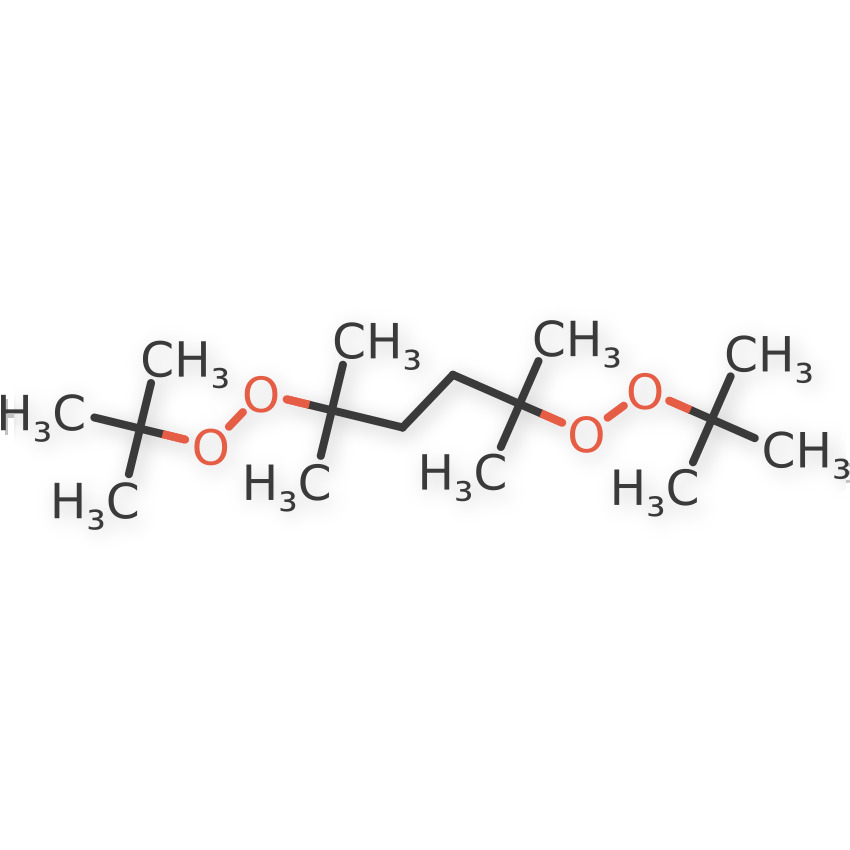
2,5-Dimethyl-2,5-di(tert-butylperoxy)hexane (CAS 78-63-7): Properties, Uses, and Safety Introduction: 2,5-Dimethyl-2,5-di(tert-butylperoxy)hexane, identified by its Chemical Abstracts Service (CAS) number 78-63-7, is a significant industrial chemical belonging to the class of organic peroxides. This compound is also widely recognized by its trade names, most notably Trigonox 101 and Luperox 101. Its primary industrial importance lies in its role […]
2,6-Dimethylphenol (CAS 576-26-1): Properties, Uses & Safety
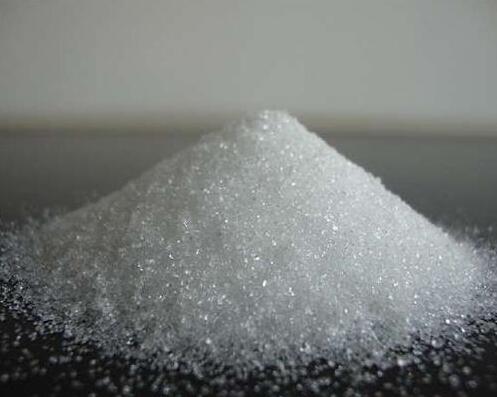
Understanding 2,6-Dimethylphenol (CAS 576-26-1): A Key Chemical Intermediate Introduction In the vast world of chemistry, certain compounds serve as critical building blocks for a wide range of materials and products we encounter daily. One such versatile compound is 2,6-Dimethylphenol, identified by its CAS number 576-26-1. While not typically a household name, this organic chemical plays […]
